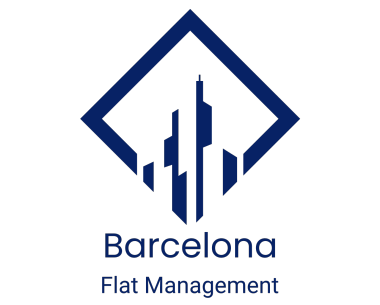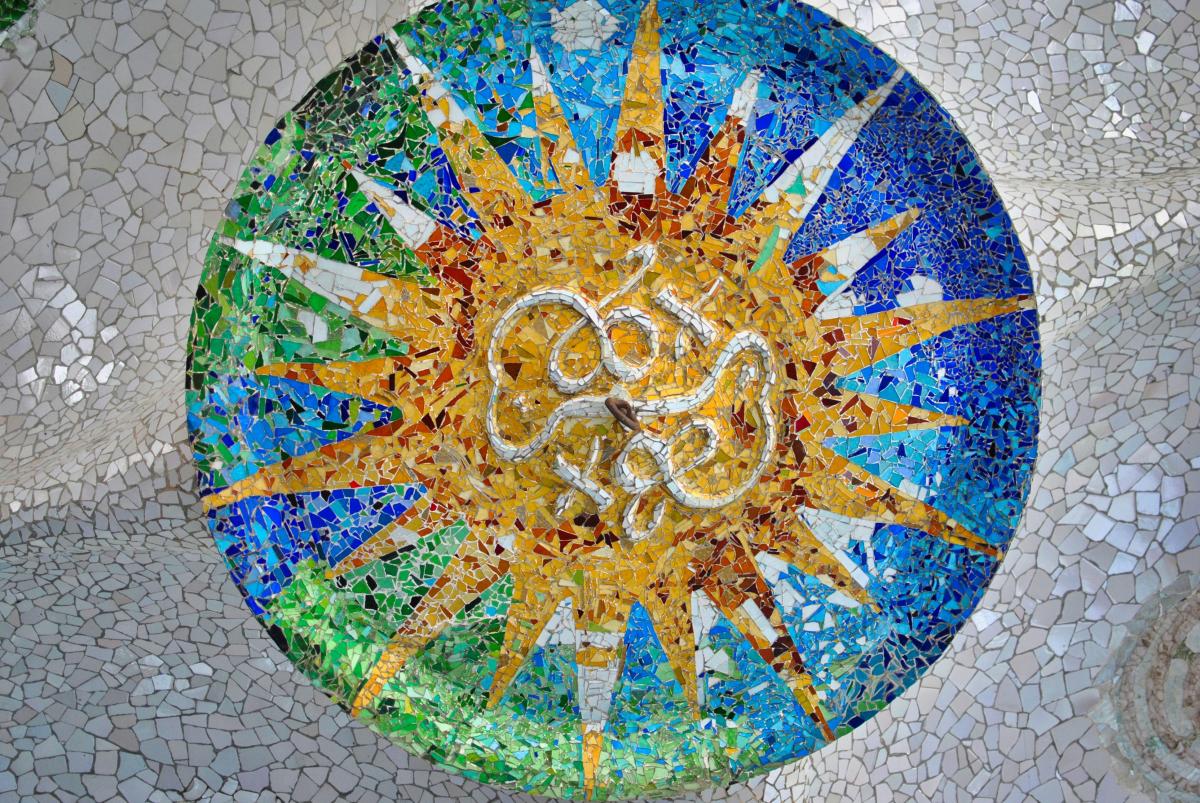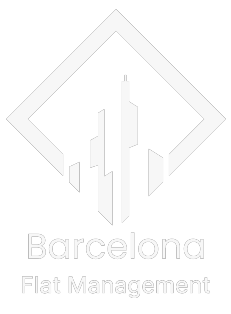Barcelona, a city bursting with vibrancy and diversity, is celebrated for its rich cultural mosaic. Each distinct neighborhood unfolds a unique story, blending historical charm with modern vitality.
This article invites you on an enlightening journey through Barcelona’s most culturally significant districts, revealing the heart and soul of this Catalan capital. From the historic Gothic Quarter to the bohemian streets of Gràcia, experience the multifaceted beauty that each area proudly showcases.
Gothic Quarter: Where History Speaks Through Stones
In the heart of Barcelona lies the Gothic Quarter, a labyrinth of narrow, winding streets that echo the tales of centuries past. As you meander through this historic district, the stones underfoot and the walls around speak of times gone by, from the Roman settlement of Barcino to the medieval splendor of Catalonia. Architectural marvels abound, with the majestic Barcelona Cathedral standing as a testament to Gothic grandeur. Its imposing facade and intricate spires draw the eye upward, while inside, a serene cloister provides a tranquil escape.
Nearby, the Plaça del Rei is a portal back in time, surrounded by regal medieval buildings and the remnants of Roman walls. This square, once the heart of the city’s political life, continues to pulse with cultural vibrancy, hosting numerous events and exhibitions.
The Gothic Quarter is not just a neighborhood; it’s a living museum, where every stone and street corner narrates a piece of Barcelona’s rich historical tapestry, seamlessly blending the ancient with the buzz of contemporary life.
El Raval: A Melting Pot of Cultures and Art
El Raval, once a neighborhood shadowed by poverty and neglect, has blossomed into a vibrant cultural hub, epitomizing the spirit of transformation. This eclectic quarter, nestled in the heart of Barcelona, is a melting pot where myriad cultures, cuisines, and communities converge. The streets of El Raval pulse with an energy unique to this part of the city, marked by an array of international eateries, quirky shops, and lively bars that reflect its diverse inhabitants. At the core of this cultural renaissance is the MACBA (Museum of Contemporary Art), a beacon of modern artistic expression, housing cutting-edge artworks that challenge and inspire.
The neighborhood’s transformation is further mirrored in its street art – vivid murals and graffiti that splash color across the urban landscape, turning the streets into an open-air gallery. Here, every corner tells a story of change and resilience, inviting visitors to explore and engage with a community that has turned diversity into its most treasured asset. El Raval’s journey from a forgotten quarter to a thriving cultural and artistic enclave is a testament to Barcelona’s ever-evolving identity.
Gràcia: Bohemian Charm Meets Modernist Art
Gràcia, a district radiating bohemian charm and artistic flair, stands out as a jewel in Barcelona’s cultural crown. Once an independent town, Gràcia has retained a strong sense of community and uniqueness, evident in its bustling plazas, local artisan shops, and quaint cafes that line the narrow streets. This neighborhood is a canvas of creativity, where local artists and craftsmen showcase their talents, bringing an eclectic mix of styles and influences to the forefront. The artistic pinnacle of Gràcia is undoubtedly Park Güell, a whimsical garden complex designed by the legendary Antoni Gaudí. This modernist masterpiece, with its mosaic-covered sculptures and panoramic views of the city, encapsulates the imaginative spirit that permeates the district. Gràcia’s architectural allure doesn’t end there; it’s dotted with various other Gaudí creations, each a testament to his innovative vision.
The neighborhood truly comes alive during the Festa Major de Gràcia, a vibrant street festival where residents transform the streets into an explosion of color and creativity with elaborate, themed decorations. This festival not only showcases Gràcia’s artistic talents but also its tight-knit community spirit, making it a must-visit destination for those seeking the heart and soul of Barcelona’s bohemian culture.
Eixample: The Elegance of Urban Planning and Modernist Architecture
Eixample, a district renowned for its precise grid-like layout, stands as a testament to thoughtful urban planning and architectural brilliance in Barcelona. This area, designed in the 19th century as part of the city’s expansion, showcases an elegant streetscape that harmonizes functionality with aesthetic beauty. Eixample is home to some of the most stunning examples of modernist architecture, including the masterpieces of Antoni Gaudí. Casa Batlló, with its fluid, organic shapes and vibrant mosaics, and La Pedrera, known for its unique wavy stone facade and twisting iron balconies, exemplify Gaudí’s visionary approach.
The crown jewel of Eixample, and arguably of Barcelona itself, is the Sagrada Família, a basilica of awe-inspiring proportions and intricate designs that continue to evolve even today. Alongside Gaudí’s works, the district features significant contributions from other modernist architects like Lluís Domènech i Montaner, whose creations add to the area’s artistic richness. Eixample’s architectural splendor goes beyond mere aesthetics; it represents a pivotal moment in Barcelona’s history, marking the city’s transition into a modern metropolis while setting a new standard in urban design and architectural innovation.
Barcelona’s Neighborhoods – A Kaleidoscope of Cultures
In conclusion, Barcelona’s tapestry of neighborhoods weaves a story rich in diversity and cultural vibrancy. From the historic echoes of the Gothic Quarter to the eclectic fusion in El Raval, each district offers a unique experience. Gràcia’s bohemian spirit and artistic verve contrast beautifully with Eixample’s elegant urban planning and modernist wonders. These neighborhoods, each with its distinct charm and character, collectively paint a picture of a city that is not just a place, but an experience.
Barcelona invites you to wander its streets, to immerse yourself in its kaleidoscope of cultures, and to embrace the dynamic blend of history, art, and community spirit. Let this be your call to action: explore, discover, and fall in love with the beauty and diversity that is Barcelona.













